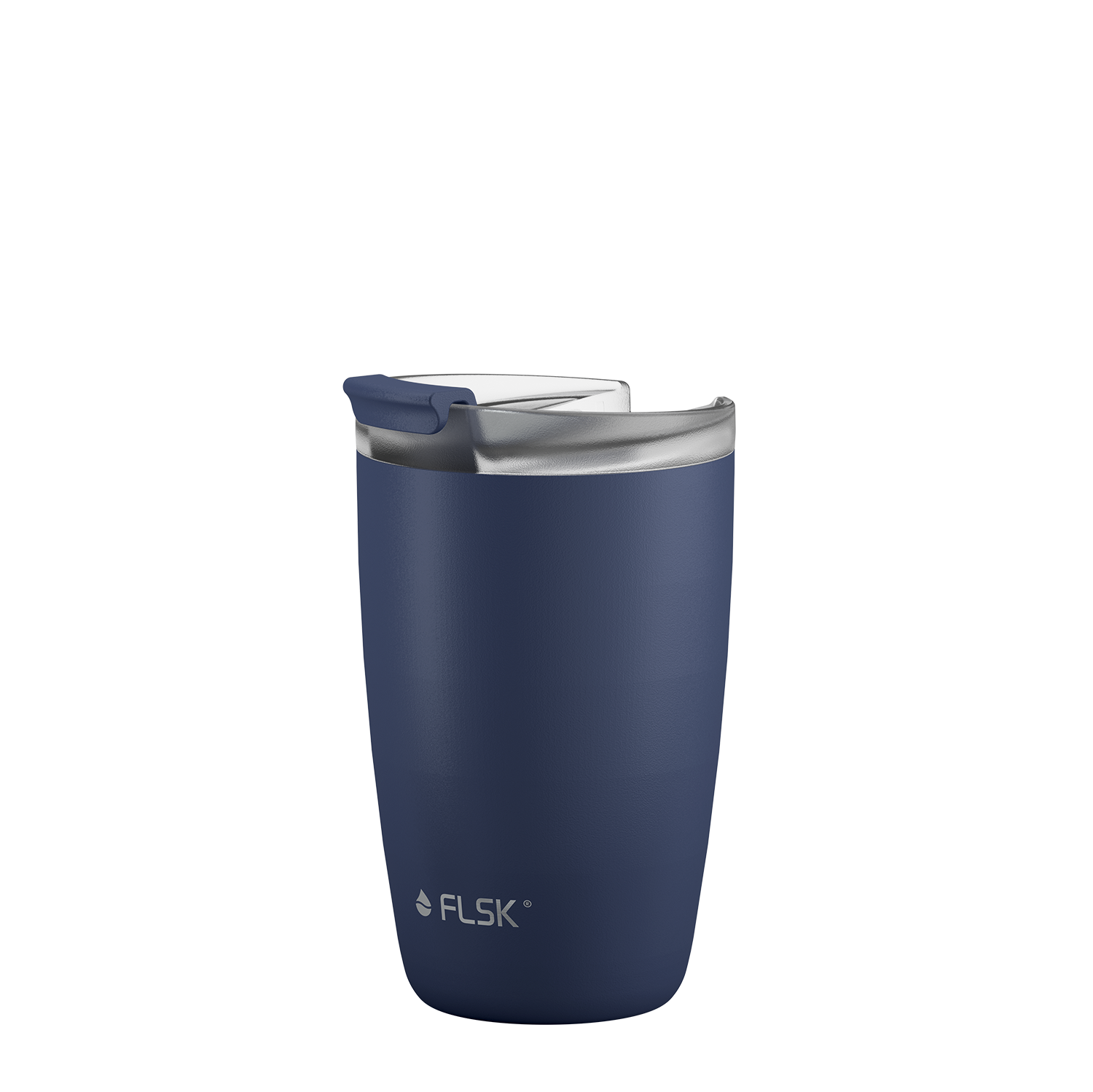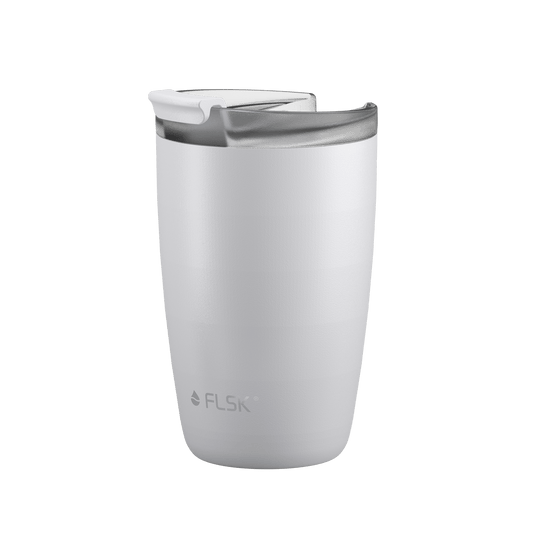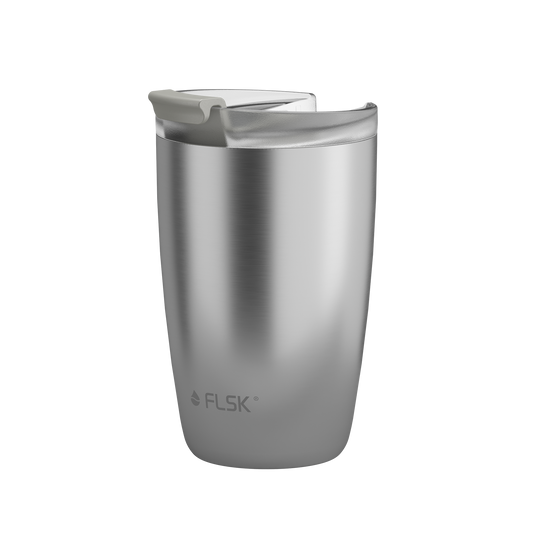Coffee to go: How environmentally harmful are disposable and reusable cups?
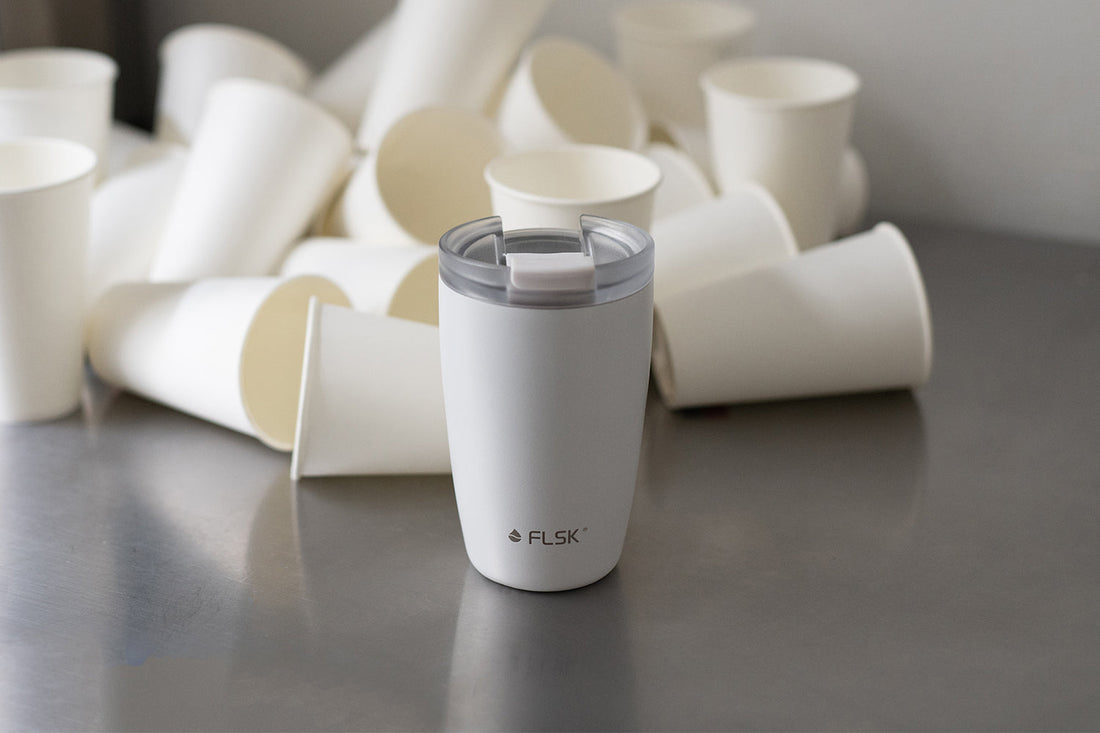
Taking coffee on the go in an environmentally conscious manner isn’t as straightforward as it seems. Amidst the confusion of the EU’s plastic ban, the proliferation of paper cups, and unanswered questions about reusable cups, many feel uncertain.
It's time for some clarity: We delve into the facts and explain why single-use paper cups and even reusable plastic cups are a bad idea.
Whether it's paper or plastic – a disposable cup remains a disposable cup.
In Germany, around 320,000 single-use cups are used every hour for hot drinks. This adds up to a dizzying 2.8 billion a year. To curb this madness across Europe, the EU has banned single-use plastic products from 2021.
Businesses are now prohibited from purchasing new single-use plastic cups. Thus, plastic to-go cups, as well as plastic utensils and straws, will gradually disappear from our lives. A success!
Unfortunately, in most cases, the alternative to the plastic disposable cup is a paper disposable cup. Not only do these become soft, unstable, and unappealing within minutes of contact with hot liquid, but they are also hardly more environmentally friendly:
Paper disposable cups...
- are made from non-recycled paper fibers and about 7% plastic coatings.
- mostly end up in general waste, so they are not recycled but incinerated.
- consume up to 2 liters of water and energy in their production.
- are used only once, making the resource input for production highly inefficient.
Therefore, the paper disposable cup is not a good and certainly not a sustainable option for the regular transport of our favorite drink.
Reusable cups – not inherently eco-friendly.
Many coffee shops now offer reusable cup systems. In exchange for a deposit, you receive one of the cups made of thicker, more stable plastic with your coffee. After drinking, you return the cup or exchange it at participating locations for a new one.
This aims to prevent the cup from ending up in kitchen cabinets or, even worse, the trash bin instead of being reused. In principle, this is a great initiative. However, for the reusable cup system to work, each cup must be used very frequently. Why?
- The production of reusable cups requires more material and a higher energy input.
- The cups need to be transported to the provider's cleaning center to be washed there, consuming a lot of water. Then, they must make their way back to the point of distribution.
- All this leads to the conclusion that reusable cups only become more sustainable than disposable cups after the 50th coffee fill.
So, if the plastic disposable cup scores an F and the paper disposable cup a D, we would grade the reusable plastic cup from an organized system as a B- in terms of sustainability. Not bad, but there’s room for improvement.
Wondering what the truly sustainable alternative for coffee to go is? The CUP Coffee to go cup! In this article, we explain why your own thermal cup is the best decision for the environment.
- Engraveable.
FLSK coffee cup
350 ml · white
- Engraveable.
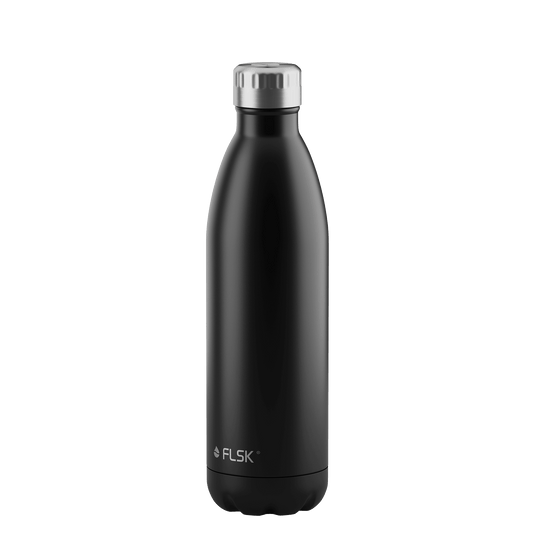

FLSK drinking bottle
750 ml · black
- sold out
- Engraveable.
